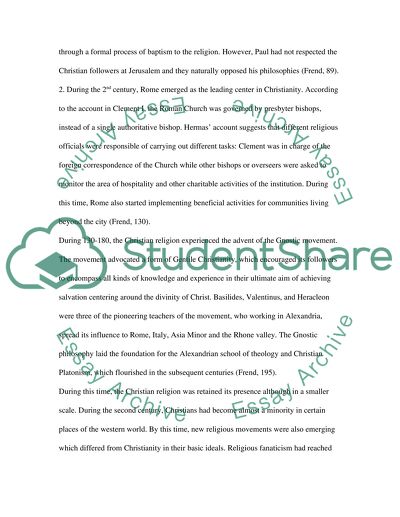Cite this document
(“History of Christian Thought - Final Exam Questions Essay”, n.d.)
Retrieved from https://studentshare.org/religion-and-theology/1393846-history-of-christian-thought-final-exam-questions
Retrieved from https://studentshare.org/religion-and-theology/1393846-history-of-christian-thought-final-exam-questions
(History of Christian Thought - Final Exam Questions Essay)
https://studentshare.org/religion-and-theology/1393846-history-of-christian-thought-final-exam-questions.
https://studentshare.org/religion-and-theology/1393846-history-of-christian-thought-final-exam-questions.
“History of Christian Thought - Final Exam Questions Essay”, n.d. https://studentshare.org/religion-and-theology/1393846-history-of-christian-thought-final-exam-questions.


